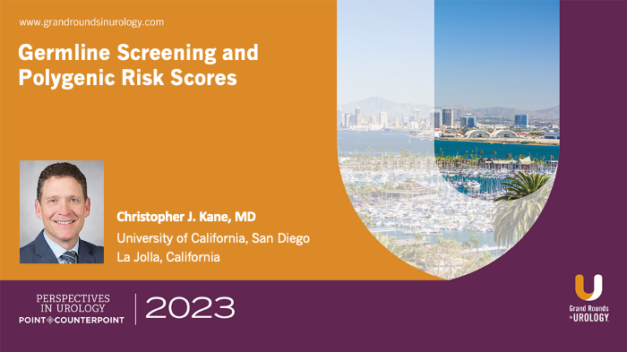Point-Counterpoint: Next Generation Sequencing vs. Standard Culture – Next Generation Sequencing
Seth K. Bechis, MD, expresses concerns with standard urine cultures and discusses the efficacy and efficiency of next generation sequencing. Dr. Bechis first examines standard urine cultures, noting their 30%-50% diagnostic error rate. He outlines other shortcomings of standard urine cultures, including their expensive and relatively slow process, inaccurate contamination results, unclear threshold for positive tests, and additional error rates.
Dr. Bechis cites two studies in which researchers discovered inaccuracies in urine culture results for clinically suspected UTI patients and women with dysuria. He then discusses polymerase chain reaction-based (PCR-based) assays and next generation sequencing (NGS). He highlights an advantage of this combination, explaining that it can detect every organism in a sample. Dr. Bechis evaluates PCR-based assays and NGS further and explains their ability to identify both bacteria and fungi.
He supports NGS technology by introducing three examples that compare standard urine cultures to NGS. These examples address UTI patients, cystitis patients, and renal stone patients.
Dr. Bechis highlights the increased detection capabilities of NGS compared to standard urine cultures, noting that NGS can even lead to better treatment and more appropriate antibiotic use. He also explores a pilot study that compared urine cultures to NGS and found that 80%–90% of physicians would have changed their preoperative antibiotics approach based on NGS results. Dr. Bechis completes his discussion by reviewing NGS benefits, advocating for NGS implementation in practice.
This lecture is part of a Point-Counterpoint debate. Its opposing lecture is “Point-Counterpoint: Next Generation Sequencing vs. Standard Culture–Standard Culture.”
Read More




